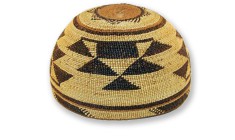Publications
The following is a reference list of academic publications written by members and Friends of the Trafficking Culture project. Publications are listed in reverse date order (i.e. newest at the top). Downloadable pdf files are present when available. Further details about these publications can be viewed by clicking on their respective titles. We ask that anyone using this material cites it appropriately.
